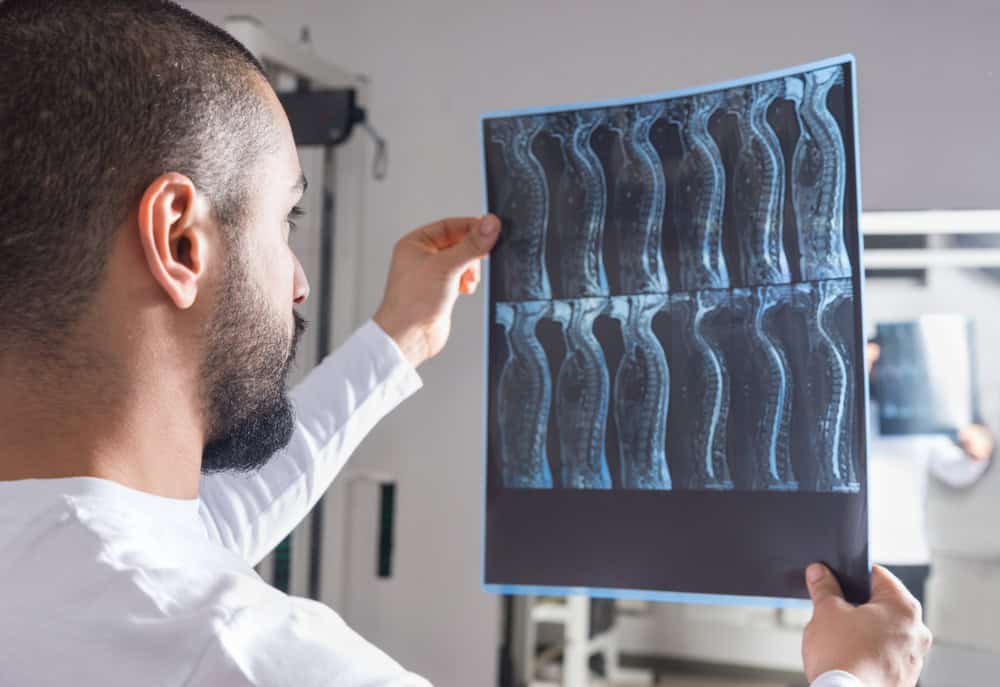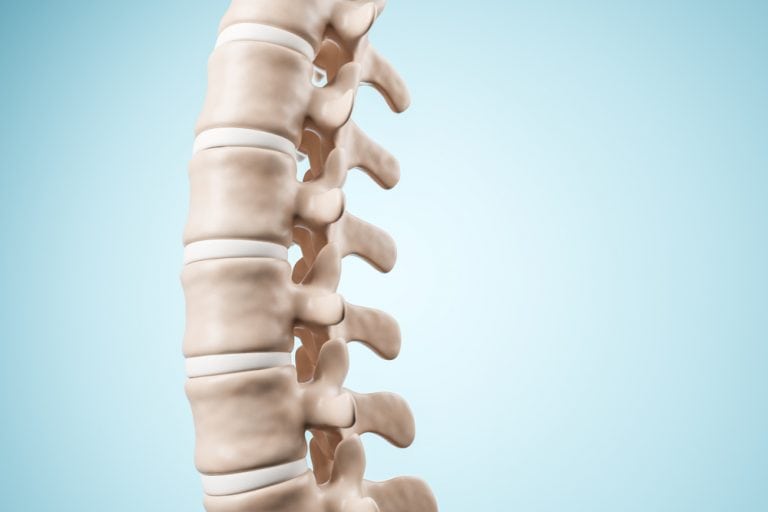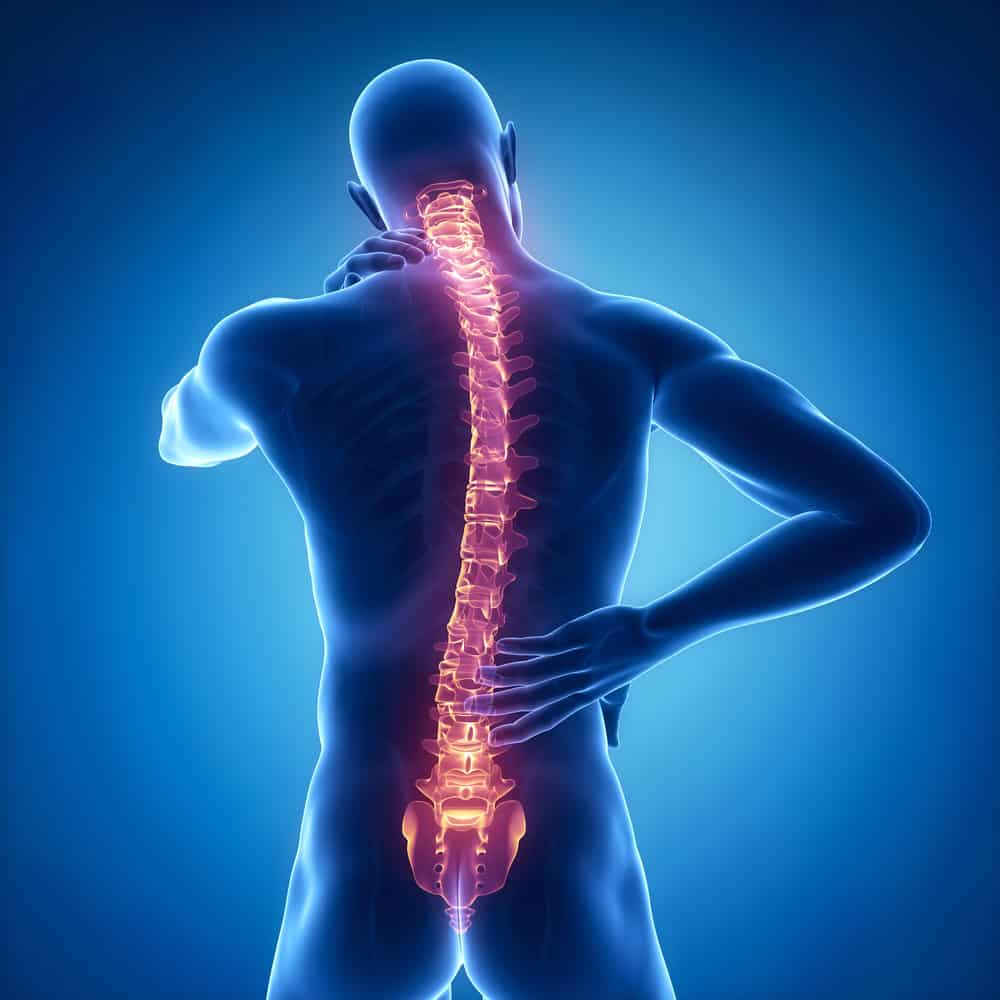Living with chronic pain can significantly impact your quality of life. For those who have tried various treatments without success, spinal cord stimulation (SCS) may offer a new avenue for relief. At NY Spine Medicine, we are dedicated to helping residents of East Harlem, NY, and New York City explore this innovative therapy. Here are five key factors to consider when determining if spinal cord stimulation is right for you.
Understanding Your Pain Condition
Before considering spinal cord stimulation therapy, it’s crucial to understand your specific pain condition. SCS is often recommended for chronic pain conditions that have not responded well to other treatments. These conditions include:
- Failed Back Surgery Syndrome (FBSS)
- Complex Regional Pain Syndrome (CRPS)
- Chronic back pain
- Peripheral neuropathy
If you’ve been struggling with persistent pain and traditional methods haven’t provided sufficient relief, SCS might be a suitable option.
Evaluating Previous Treatments
Spinal cord stimulation is typically considered after other treatments have failed. This includes medications, physical therapy, and less invasive procedures. Evaluating your history with these treatments can help determine if SCS is the next appropriate step. If you have exhausted these options without significant improvement, spinal cord stimulation for pain relief might be worth exploring.
The Benefits of Spinal Cord Stimulation
Understanding the potential benefits of spinal cord stimulation is essential. Some key benefits include:
- Significant Pain Reduction: Many patients experience substantial relief from chronic pain.
- Improved Functionality: Enhanced ability to perform daily activities without debilitating pain.
- Reduced Medication Dependency: Potentially lower reliance on pain medications, minimizing side effects and risks associated with long-term use.
At NY Spine Medicine, we have witnessed numerous success stories from patients in East Harlem, NY, who have reclaimed their lives through SCS.
Considering the Procedure and Recovery
The process of spinal cord stimulation involves a trial period followed by permanent implantation if the trial is successful. Here’s what to expect:
- Trial Period: A temporary device is implanted to determine its effectiveness in managing your pain.
- Permanent Implantation: If the trial is successful, a permanent device is implanted.
Recovery from the procedure varies but generally involves a short period of rest followed by a gradual return to normal activities. Our team will provide detailed guidance and support throughout the entire process to ensure you are well-prepared and comfortable.
Long-Term Management and Follow-Up Care
After the spinal cord stimulator is implanted, ongoing management and follow-up care are crucial for optimal results. Regular check-ups with your healthcare provider ensure that the device is functioning correctly and that you are receiving the maximum benefit. Adjustments to the stimulator settings may be necessary over time to address any changes in your pain or lifestyle.









